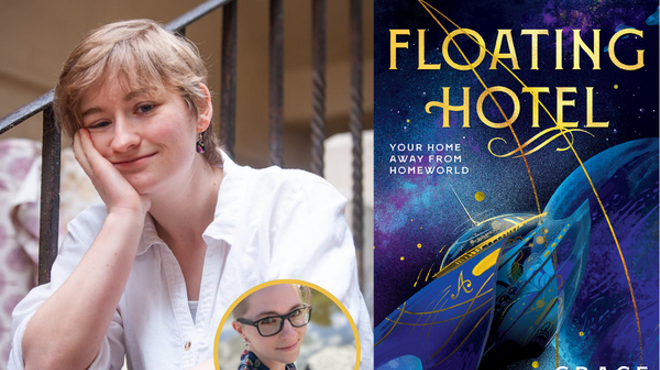As we age, the desire to restore our skin to a youthful, healthy-looking state is natural—but all too often, the options are not. The past decade has witnessed an unprecedented surge in the popularity of surgical and chemical cosmetic procedures. According to the American Society of Plastic Surgeons, the US counted over four million Botox injections, one million chemical peels, and over 100,000 facelifts in 2006. These procedures can carry risk of infection, can require lengthy recovery times, and can be disruptive to the body: Botox treatments inject a paralyzing toxin; Phenol, a poisonous substance used for deep chemical peels, eats away at the skin; and facelifts slice skin and pull it back, trimming fat and cutting off excess flesh before restitching or stapling.
Such methods are pursued to address the results of the natural aging process, which can be exacerbated by external factors (sun exposure, smoking, alcohol). Both aging and environmental stressors diminish production of collagen, a protein which provides the skin’s support and structure, and elastin, another which allows the skin to resume its shape after muscle movement or stretching. The muscles of the face can become weak, and inadequate circulation can cause stagnation of blood and lymph (the fluid of the immune system that removes bacteria). Skin becomes less firm, loses its contour, grows puffy, and wrinkles and fine lines appear as a result.
There are alternatives for those seeking a more holistic approach to facial rejuvenation and want to forgo the dramatic change a scalpel promises for a more natural and subtle improvement. The boom of the spa- and wellness-centered industries, paired with a steadily increasing confidence in the effectiveness of acupuncture, has created a range of less invasive options that aid the body in restoring itself.
Facial acupuncture
“The thing about Chinese medicine is that it’s a really holistic medicine in the truest sense,” says Jipala Reicher-Kagan of Transpersonal Acupuncture in Kingston. “With facial acupuncture, not only are you addressing the symptom, the lines, or the puffy eyes, you’re addressing the internal issue that’s also causing that and tonifying the body at the same time.”
Acupuncture is based on the theory that meridians, energy (chi) pathways that run through the body, can be accessed at different acupoints. The insertion of needles into these points stimulates energy and eliminates blockages, which can cause imbalance. “In Chinese medicine, they believe an imbalance in the body will create symptoms. Even acne, puffy eyes, dark circles—all of that would be considered to be some type of internal problem,” says Reicher-Kagan.
Ed Kuntz, an acupuncturist at One Roof Holistic Center in Saratoga Springs, begins with a consultation and interview. “I do a diagnosis according to traditional diagnostic methods, which is taking the radial pulses on both wrists, looking at the tongue [the color and coating gives practitioners insight into overall health], and asking certain questions about general health and habits, sleep, appetite, energy level, and digestion, and taking a brief medical history,” he says. After evaluation, thin needles are placed into acupoints and indicated areas of concern, like wrinkles. Both Kuntz and Reicher-Kagan place needles into other parts of the body for balancing. “A fair amount of needles are used in the face and for that reason you have to have a good amount of needles in the body to ground the treatment,” Reicher-Kagan says. During a session she uses at least 20 needles in the face, which are slightly curved, shorter, and thinner than normal acupuncture needles. The entire treatment will run about an hour to an hour and a half, and can treat wrinkles, sunspots, acne, rosacea, dark circles, and droopy eyelids.
An individual interested in facial acupuncture should be willing to make a commitment to a schedule of sessions to see optimal results. Kuntz says that everybody is different, but most people will see improvement by the sixth appointment. Reicher-Kagan recommends 10 to 12 treatments; she says the seventh session is the “peak,” when the most changes are seen; subsequent visits help to cement them.
Facial exercise
“Facial exercise has been used for thousands of years,” Peggi Perrone, founder of About Face in Clifton Park, explains. “It has its roots in yoga, where it’s used as part of the tradition of detoxifying and bringing blood flow and energy to the entire body, which includes the head and face.”
Perrone’s services at About Face include private or classroom instruction in 20 different facial exercises, hand-picked for their effectiveness during her 16 years of research and practice. Clients can choose the full four-week program and learn exercises for the whole face, or have an individualized session that concentrates on exercises for specific problem areas, like the cheeks, neck, or eyes.











